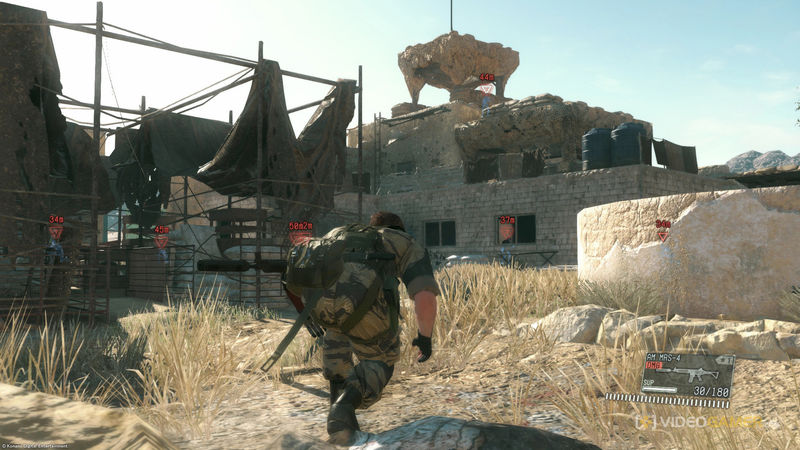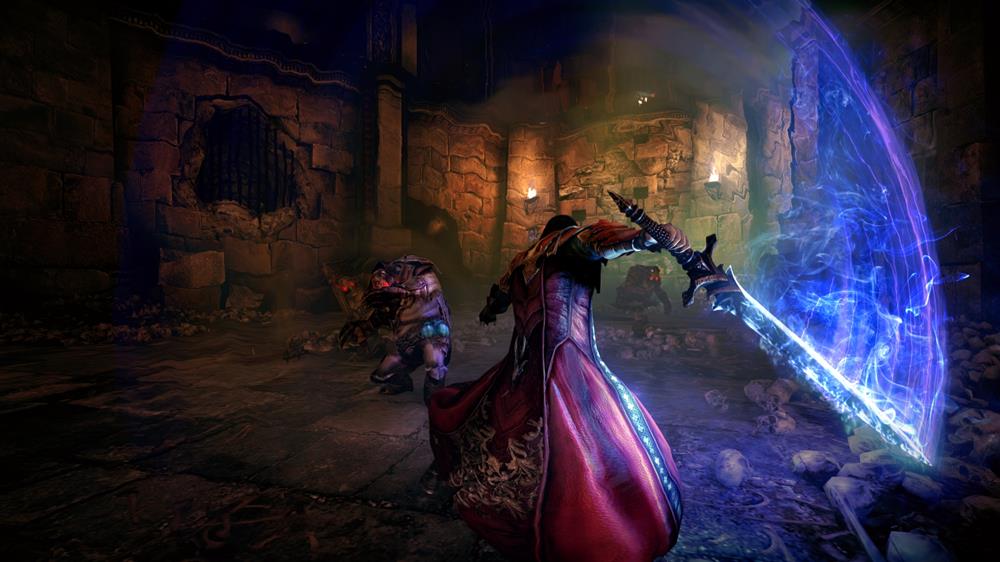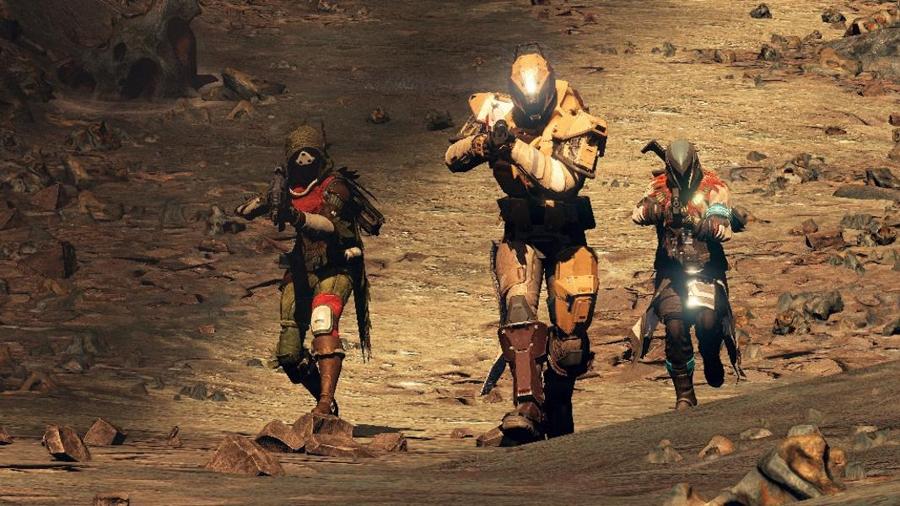So! Now that you know what to look for in a location, and what your shelter needs- where exactly should you build it? After all, it’s all well and good to say what you need near your shelter, but which spot in that area is the best spot to build your temporary housing? And what do you need to make it?
Basically speaking, there are three kinds of shelter that are easy to build and make excellent early places to stay. In this article, I will explain all three, as well as how to reach their locations and make them especially easy to keep safe.
The first and simplest kind of shelter to create is the aboveground type. Houses, dirt huts, small stone sheds, structures with gravel and sand walls, and log ‘cabins’ are all good examples of a basic aboveground shelter. As I’ve said before, you should not be worrying about how this shelter looks- you can easily make something pretty later on and use this first shelter as a place to stay at night while you’re in the process of building something nicer. Aboveground shelters are nice because with a high window or an open spot in the roof, you can easily keep track of when it is day and when it is night from inside your shelter. Aboveground shelters also make it easy to start mining for coal and ore- simply digging up a hole in your floor and heading down that will let you get into the ground, and a little patience will get you down to stone and ore even if you’ve started on a big hill of dirt.
When building an aboveground shelter, you want a few particular things. First of all, you want a clear area with no trees around your shelter for a certain distance. A thickly-treed area can provide enough shadow for zombies and skeletons to survive aboveground during the day, and having a skeleton shoot at you from shadows is always a painful experience. Second, flat land is better than hills- it makes it easy to expand the shelter if you need more room, or if you intend to improve your temporary shelter into something more permanent.
This is also something to keep in mind- if you decide you want to build an aboveground house of a more permanent type, or a fort or castle, an aboveground shelter is a good start because it will allow you to build that structure around your temporary shelter easily, and the place you need to hide during the night will be right there with you.
There are disadvantages as well, though. If your roof is made of dirt or stone, then monsters can spawn on top of it if you don’t place torches there, which can result in an unpleasant surprise if you step outside at night or return during the beginning of nighttime. A shelter that’s built as a free-standing structure also tends to be vulnerable to creepers- if you have a window or a spot where they can see you and you’re next to it, a wall only one block thick will still let the creeper get close enough to explode and probably destroy something important as well as injuring or killing you. Spiders can easily climb on top of your home and while they’re inoffensive during the day, if you accidentally hit one in the process of trying to open or close your door, or while laying blocks, you’ve suddenly got a fight on your hands. You also have to build walls out of solid materials, or your home will be crowded by monsters during the night and you can find yourself waiting longer than you want during the morning while the skeletons and zombies burn away.






 . Plays October 16, 2011
. Plays October 16, 2011 8 RTS Games Like Command and Conquer for PC
8 RTS Games Like Command and Conquer for PC Dead Island City Of Moresby Side Quest Guide (Chapters 3-5)
Dead Island City Of Moresby Side Quest Guide (Chapters 3-5) Steam Controller Review
Steam Controller Review How To Unlock The New Subclass For The Warlock In Destiny: The Taken King
How To Unlock The New Subclass For The Warlock In Destiny: The Taken King